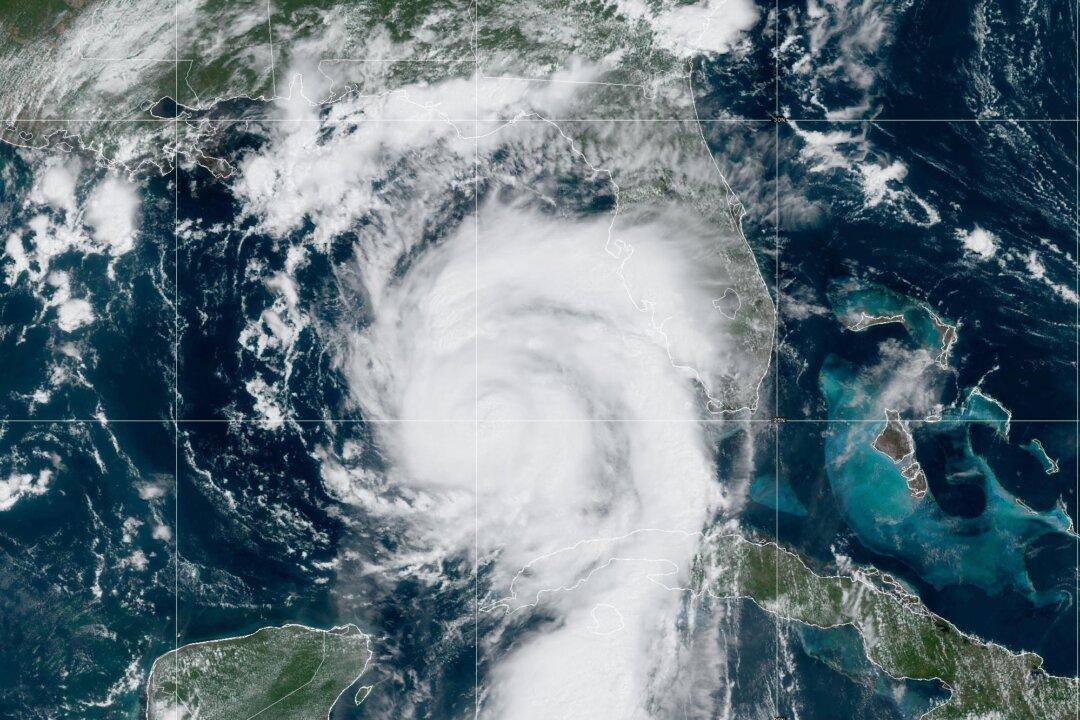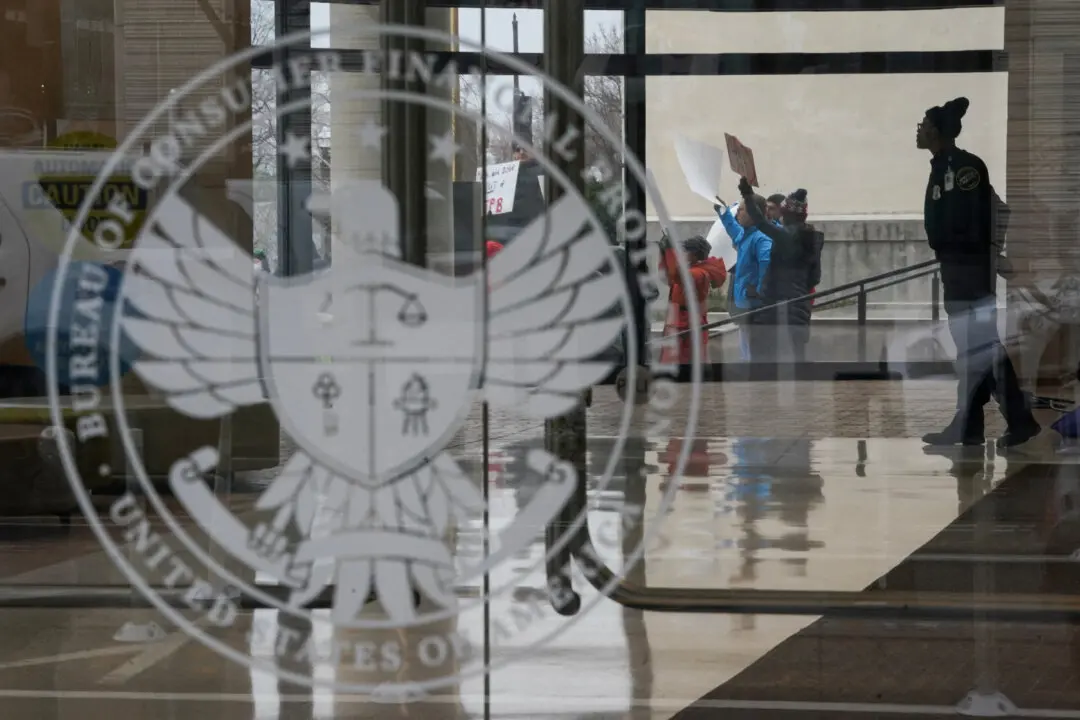North Carolina Gov. Roy Cooper declared a state of emergency for his state ahead of possible impacts from Hurricane Idalia, which is forecast to hit Florida’s Gulf Coast on Wednesday.
Mr. Cooper issued the emergency declaration on Monday to activate his state’s emergency operations, among other measures, according to his office. Florida Gov. Ron DeSantis declared an emergency for dozens of counties in his state earlier this week.





